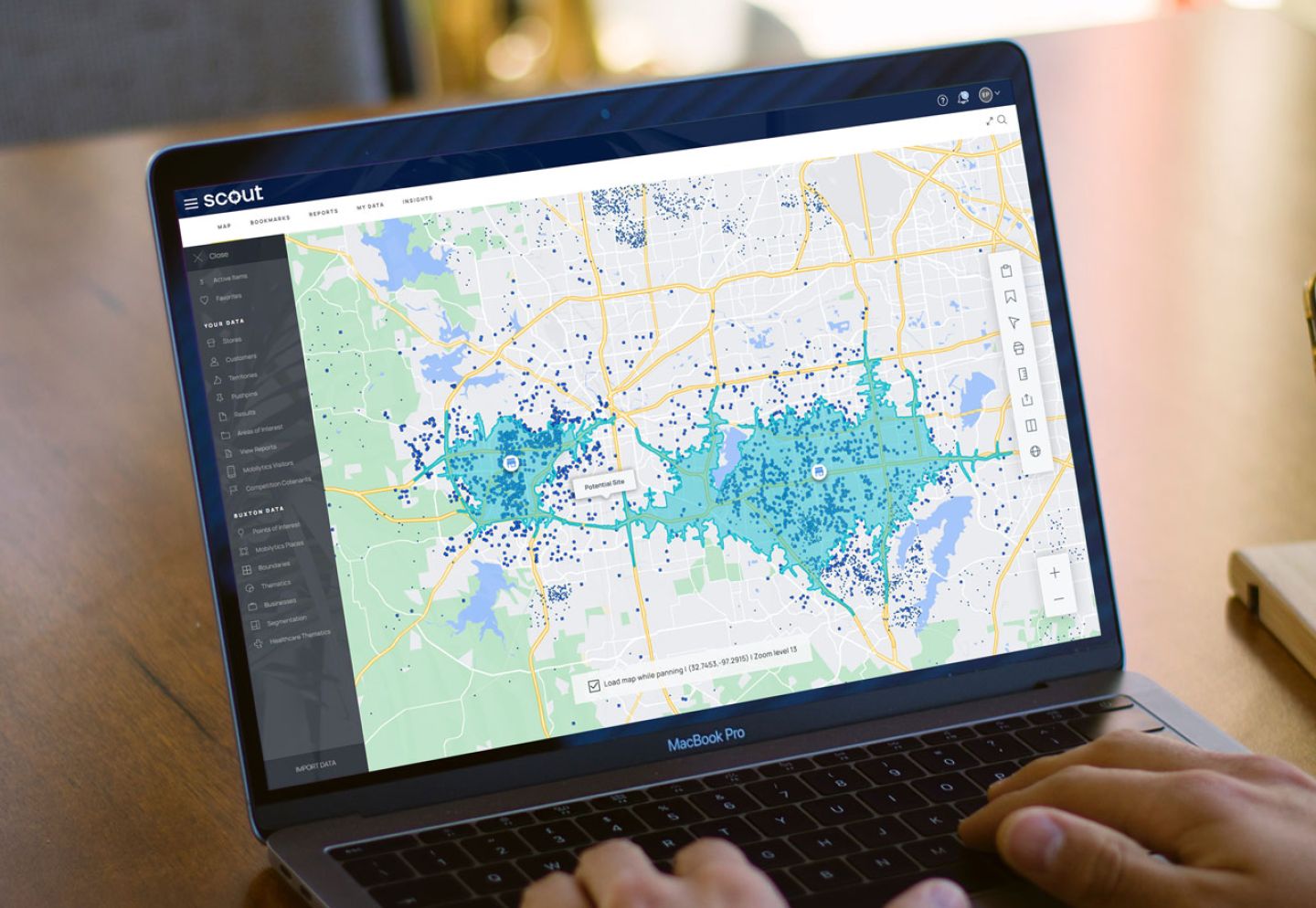In the complex environment of healthcare, it's often the simplest tools that wield the greatest potential. At the heart of this principle lies Buxton's SCOUT, a geospatial application well known for its user-friendly interface and positive influence on productivity and interdepartmental communications. Based on insights from Joshua Thaden, Senior Director at Quest Diagnostics, let's explore how the most basic features of SCOUT can lead to substantial impacts for organizations.
1. The Bookmark Feature: A “Cognitive Savior”
The ability to swiftly navigate and recall specific views is a game-changer in efficient data interpretation. Joshua couldn't emphasize this enough when he described the bookmark feature as a "killer feature", elaborating, "By using that bookmark icon...you can save all of your work...having that bookmark favorited isn't just a time saver, it's a cognitive saver." This seemingly modest tool amplifies productivity by providing instant access to key data views, enabling teams to pick up where they left off.
2. Traffic Count Data: Directing Success
Thaden spotlighted another understated yet impactful tool: SCOUT's traffic count data. He stressed the strategic importance of placing facilities in high traffic areas, pointing out, "Obviously, signage is huge to make sure people know where our locations are, but that sign doesn't do much good if there isn't much traffic going past it. Therefore, it is so important for the location of facilities to be proximal to high traffic." It's this nuance – the comprehension of local traffic patterns – that can spell the difference between a bustling facility and a quiet one.
3. Customizable Map Views: Clear Communication
SCOUT's capability to adapt and modify map visuals is at the forefront of effective communication. Joshua enthused about the simplicity of the different background options as well as the ability to control the color and opaqueness, noting that "it's going to make your presentations and your map visualization so much better." Not only do these little details elevate your presentation skills, but they also help the audience more quickly identify the different map elements being presented. This fine-tuning, be it adjusting opacity or color-coding regions, ensures presentations are intuitive and easily digestible, minimizing confusion and streamlining inter-departmental discussions.
Conclusion: Simple Yet Profound
As Thaden's insights underscore, it's not always the most complex tools that drive success; sometimes, it's the simplest features that hold the most potential. By harnessing the bookmark feature, traffic count data, and customizable map views in SCOUT, organizations can focus on the finer details that lead to the development of meaningful growth strategies. After all, in the wise words of Joshua Thaden, the attention to these details is what truly "advances your business decision and makes it better in the shortest amount of time possible."
Download Quest Diagnostic’s Guide to Maximizing Productivity with SCOUT


